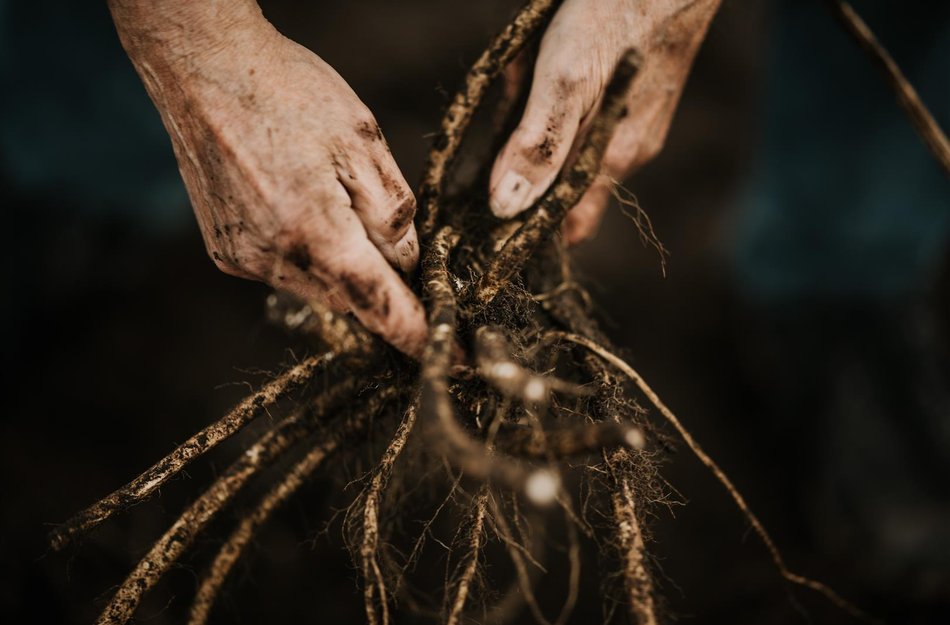Horseradish
Horseradish is the classic winter vegetable in the Spreewald. The pungent root grows particularly well thanks to the nutrient-rich and slightly moist soil and has been cultivated in the region for generations. Like the Spreewälder Gurke (Spreewald gherkin), the Spreewälder Meerrettich (Spreewald horseradish) has been awarded the quality seal of the umbrella brand Spreewald and is recognised by the EU Commission as a geographically protected indication (PGI).
Cultivation begins in spring with the planting of the thin horseradish sinkers, which are also called Fechser or Schwigatze in the Spreewald. From October until the first frost it is harvest time and the roots are carefully taken out of the ground with spades and sometimes also with the help of machines. Cleaned and freshly harvested, the popular roots are then sent to the processing plants.
There they are thoroughly washed, peeled and then finely grated to produce the valuable mustard oils. With aromatic ingredients such as honey, sea buckthorn or beetroot, the horseradish is then placed in small jars. Those who like it natural can also enjoy it grated and refined with cream. Spreewald horseradish is particularly tasty with beef or fish dishes.
